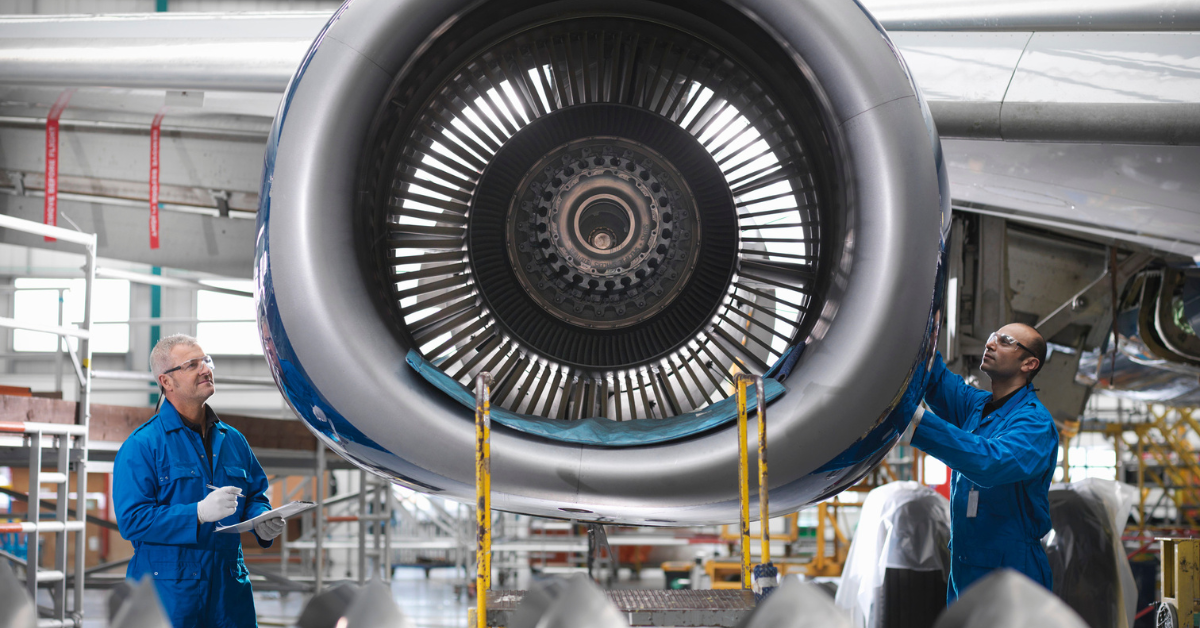In today’s rapidly changing geopolitical landscape, countries around the world are actively working towards establishing self-reliant semiconductor supply chains and strengthening their industrial resilience. Taiwan has emerged as a dominant force in semiconductor foundries, capturing a remarkable 65% market share in global foundry revenue, with Taiwan Semiconductor Manufacturing Co. (TSMC) alone commanding a significant 56%. Inspired by Taiwan’s success, Japan is now taking decisive steps to revitalize its semiconductor industry, aiming to reclaim its position after a period of decline spanning four decades.
Like Europe and the U.S., Japan shares the common objectives of nurturing domestic semiconductor supply chains, ensuring stability in the face of geopolitical disruptions and pandemics, and capitalizing on the projected 5% growth in global semiconductor manufacturing revenue over the next ten years.
To achieve goals, Japan has adopted a comprehensive approach. The government is offering attractive incentives and subsidies to attract companies to establish new chip fabrication facilities within the country. Notable examples include TSMC’s joint venture with Sony Semiconductors and Denso Corp., known as Japan Advanced Semiconductor Manufacturing Inc. (JASM). JASM is currently constructing a semiconductor plant in Kyushu, which is being dubbed “Silicon Island.” This advanced facility will house chip foundries capable of supporting process technologies ranging from 12 nm to 28 nm. Additionally, Sony is contributing to the semiconductor ecosystem in Kyushu by establishing its own CMOS image sensor manufacturing facility adjacent to JASM.
Apart from Kyushu, Japan has identified two other regions for strategic semiconductor development: Tohoku and Hokkaido. Tohoku is renowned as a global hub for semiconductor raw materials production and is home to major industry players such as Renesas, SUMCO, and Shin-Etsu. To further bolster the region’s semiconductor capabilities, Taiwan-based Powerchip Semiconductor Manufacturing Corp. (PSMC) has announced plans to construct a 12-inch wafer fabrication plant in Sendai, with an initial focus on the 40nm process node and automotive electronics production.
In Hokkaido, Rapidus, a Japanese company collaborating with IBM in the U.S., is making significant progress in building its semiconductor factory, scheduled for completion in 2024. The facility aims to achieve mass production by 2027, and the Japanese government intends to leverage Rapidus to attract upstream equipment and material suppliers to Hokkaido, positioning the region as a potential semiconductor community hub. The proximity to Chitose Airport further enhances accessibility to essential resources and skilled personnel.
While Japan faces challenges such as macroeconomic uncertainties, potential labor shortages, and competition from other regions, its determination to regain prominence in semiconductor manufacturing is evident. With generous subsides, incentives, and establishment of technology hubs, Japan is strategically positioning itself to capitalize on the growth opportunities within the semiconductor supply chain. Collaborations between the Ministry of Economy, Trade, and Industry and the private sector are actively fostering innovation, and efforts to address concerns about a shortage of semiconductor talent include robust subsidy programs for talent development. As Japan embarks on this semiconductor resurgence, the combination of favorable exchange rate policies and concerted efforts paints a promising picture of the future of Japanese semiconductor exports.
Learn more at Electronics360 and Businesswire.





























